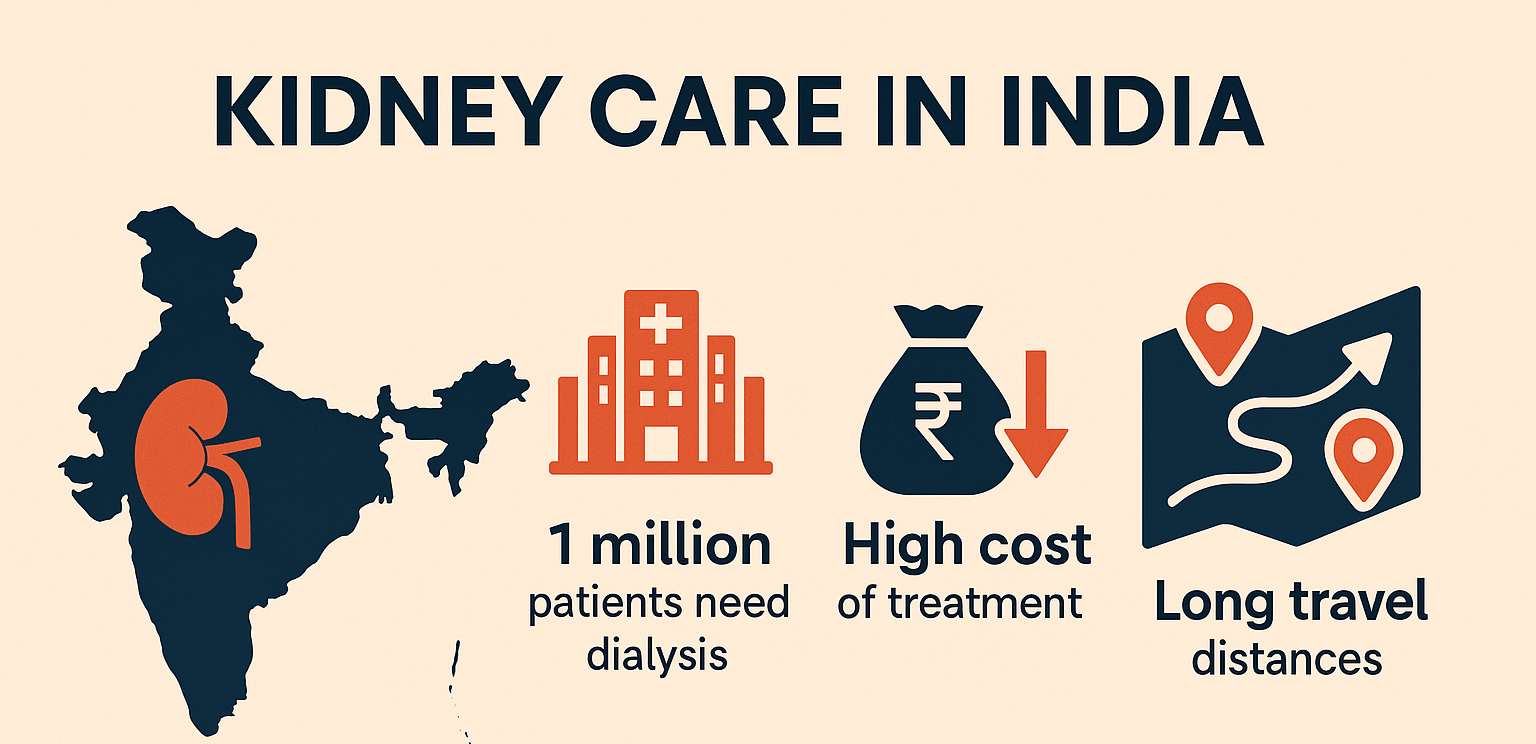Air pollution affects us in various ways. The effect of air pollution is so extensive that it deserves a specific mention. Air pollution affects not only human beings but also other aspects of climate and environment along with flora and other fauna.
The effects of air pollution are local, regional, and worldwide.
Its effect on local and regional weather is in four ways:
(a) Effect on vision.
(b) The concentration of sunlight.
(c) On the amount of water rain.
(d) Acid rain.
Whereas the major effects under Worldwide Effects are:
(a) change in the natural climate,
(b) increase in carbon-di-oxide,
(c) increase in various pollution granules,
(d) thinning of the ozone layer, etc.
The main effects caused by it are as follows:
Effects on Human Health:
On average, humans take 8,000 liters of air in and out to sustain their lives. Therefore, if there is impurity in the air or it contains pollutants, then it reaches the body through breathing and affects it in different ways and becomes the cause of many terrible diseases.
There is ample evidence that atmospheric pollution affects health in different ways. This leads to more death, higher chances of diseases and excessive respiratory diseases.
Effects on Respiratory System
Air pollution has the greatest effect on the human respiratory system because the air inhaled with the breath does not dissolve in the blood plasma, but mixes with hemoglobin and travels throughout the body.
If the particles of pollution in the air are a little bigger in size, then they stop at the nostrils, but the tiny particles reach the lungs and reach different parts of the body and become the cause of diseases. Polluted air causes respiratory diseases like bronchitis, silicosis, sore throat, pneumonia, lung cancer, etc.
In addition to respiratory diseases, excess sulfur-di-oxide and nitrogen-di-oxide in the air cause cancer, heart disease, diabetes, etc. Sulfur-di-oxide causes a disease called emphysema, a life-threatening disease that causes the premature death of thousands of people worldwide
Effects on other systems of the bodyLead particles present in the smoke of vehicles reach the body and cause diseases like liver, alimentary canal, brain disorders in children, bone loss. Multi-centered hydrocarbons also cause cancer.
In this, the fraction of sulfur-di-oxide and nitrogen oxide remains mixed, which is not only injurious to health but also becomes the cause of death. As air pollution is increasing in the present world, the number of diseases and deaths due to it is also increasing.
Air pollution has a gradual effect on human health, which depends on the amount and concentration of pollution. In the initial stage, its effect is not even reflected, after that the human starts feeling it, then he starts having trouble breathing or other organs.
If this sequence continues, then by increasing the disease, it becomes the cause of death in the last stage. In fact, if we want to be safe from air pollution, then the effort should be that it should not be polluted at all.
Effects on Vegetation which affects our nutrition and well being:
Air pollution also has an adverse effect on vegetation, especially acid rain, smog, ozone, carbon monoxide, sulfur-di-oxide, fluoride, etc. Plants get less light due to air pollution, so their photosynthesis activity is adversely affected.
Plants that grow in the area of ​​fog, their growth is less. Ozone and nitrate oxides produced due to photochemical smog are extremely harmful to vegetation, causing their leaves to become distorted and white and fall off.
Similarly, aesthetically pleasing flowers and plants are sensitive to air pollution. Trees, vegetables, fruits, and flowers are all affected by air pollution. Sulfur-di-oxide causes the leaves to become colorless and black and painful.
In areas of high air pollution, plants do not mature, buds wither and fruits are not fully developed. Smoke from vehicles is harmful to vegetation. Similarly, metal particles released from metal industries like zinc, smelter, etc. have adverse effects on vegetation.

 Air pollution is such a gift of the industrial and technological civilization of the present era, which is not only causing various harmful effects by making the ecosystem unbalanced but is also becoming a cause of crisis for humans and other animals and plant
Air pollution is such a gift of the industrial and technological civilization of the present era, which is not only causing various harmful effects by making the ecosystem unbalanced but is also becoming a cause of crisis for humans and other animals and plant










.jpg)

.jpeg)







.jpeg)





.jpg)





